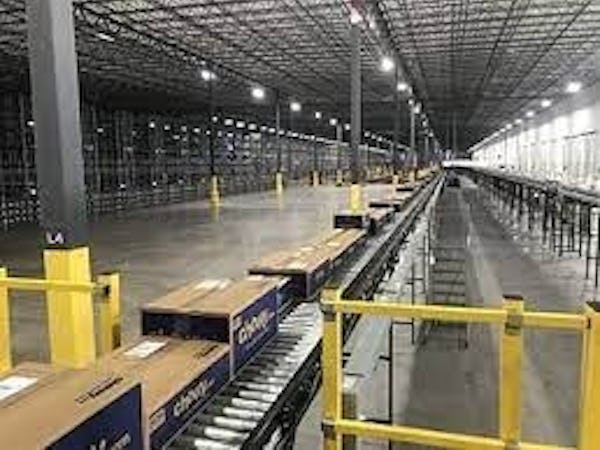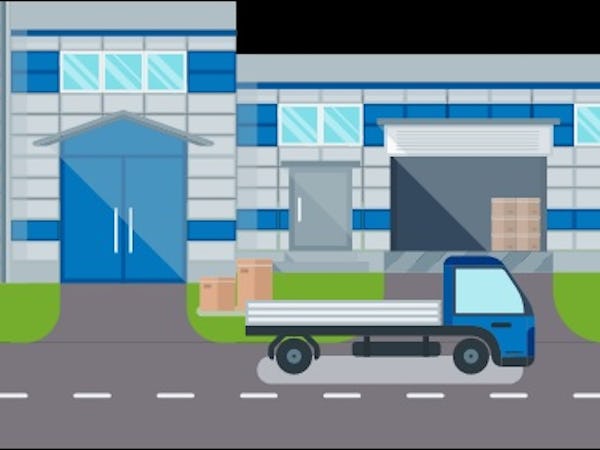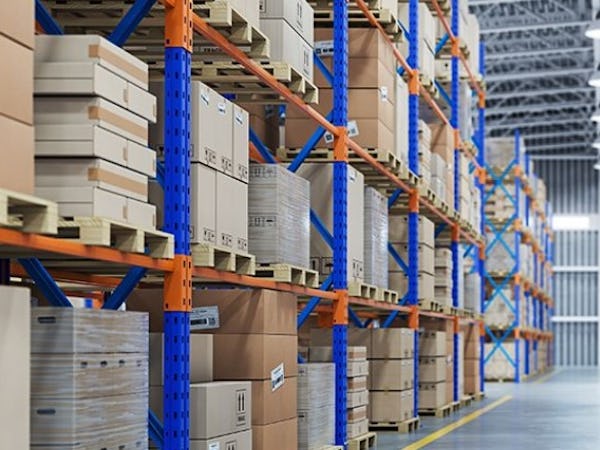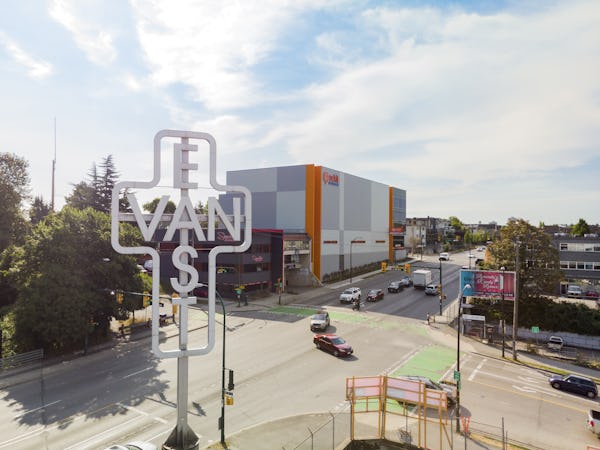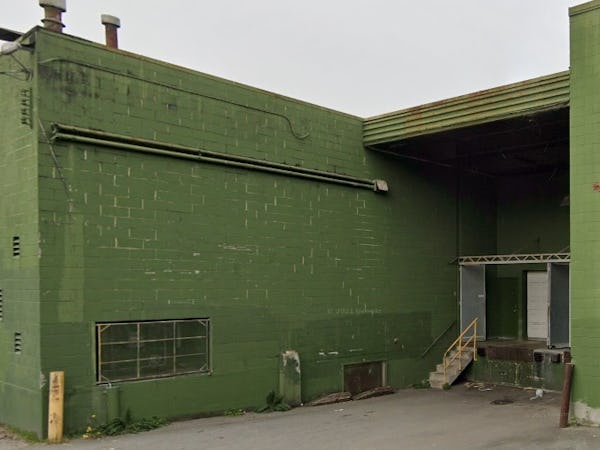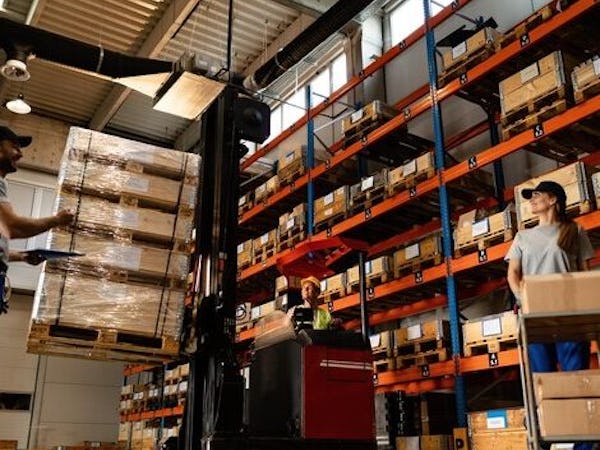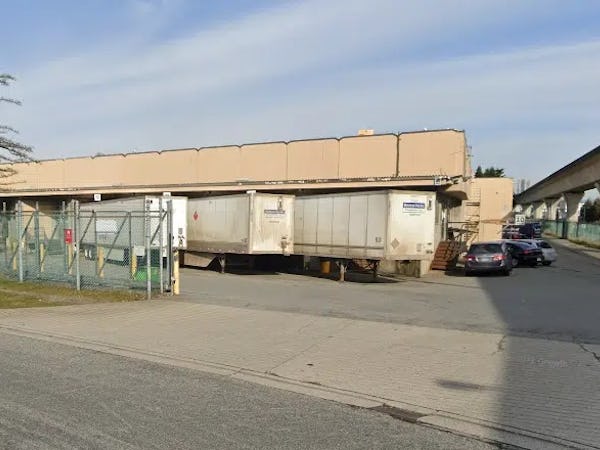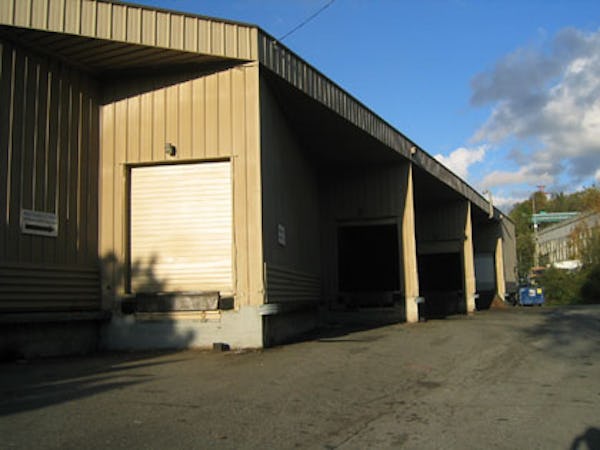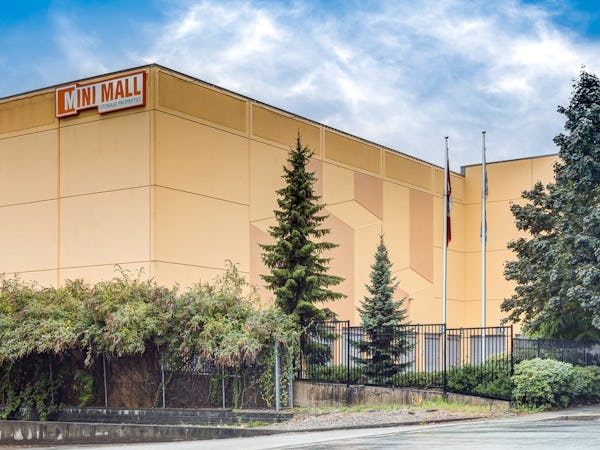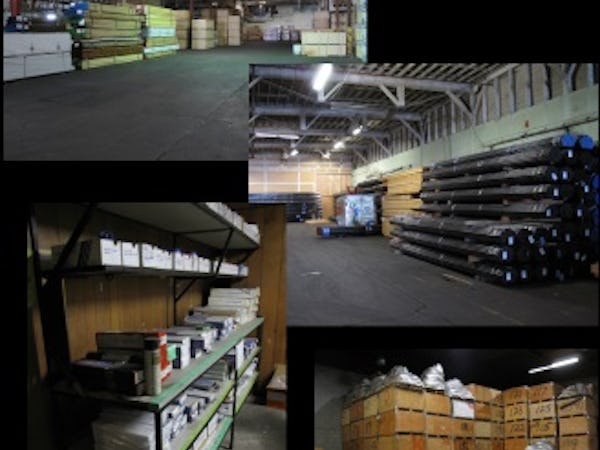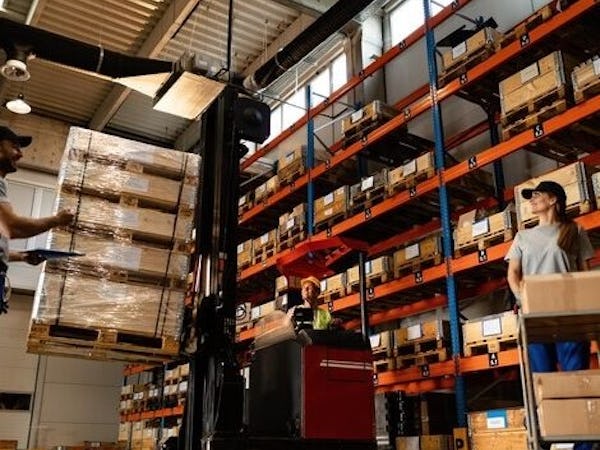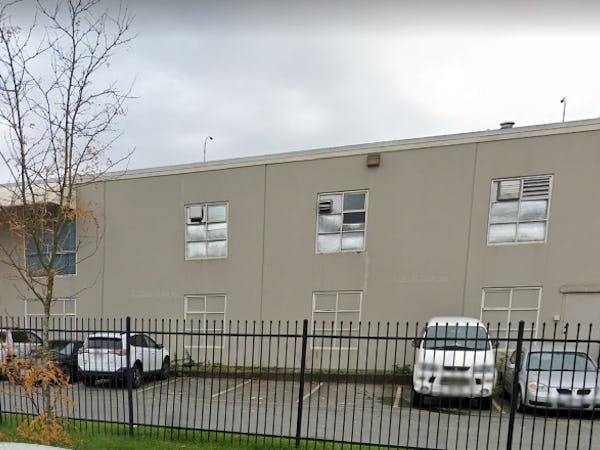Sign in
By creating a member account and using this site you agree to our Terms of Use. This site is protected by reCAPTCHA and the Google Privacy Policy and Terms of Service apply.
Great Rental Spaces in Vancouver, BC, Canada Find a space for your needs.
Industrial yard spaces in Vancouver, BC
Vancouver is a major city in Western Canada located on the terminus of transcontinental highway is the largest industrial center of the country [1]. Forestry, manufacturing, and high-tech are the key industrial sectors within the city. Manufacturing mainly involves shipbuilding, equipment, and architectural manufacturing [2].
Zoning By-law:
The zoning by-law of the city of Vancouver [3] dictates the types of land uses allowed location of a building on-site, its maximum height and size, other provisions for efficient operation of the city. The city has two types of industrial districts within the industrial zone: M and I districts.
Industrial zone:
Following are the industrial districts within the industrial zone:
Light and medium intensity industry
I-1, I-1A, I-1B, I-1C, I-2, I-3, and I-4
Light industrial and commercial mixed-use
MC-1, MC-2
Heavy industrial
M-1, M-1A, M-1B, and M-2
Light industrial, commercial and residential mixed-use
IC-1, IC-2, and IC-3
Permitted uses in industrial districts
Small scale manufacturing is only permitted in MC-1 and MC-2 districts including Electrical Products or Appliances Manufacturing, Non-Metallic Minerals Products Manufacturing, Plastic Products Manufacturing, etc.
M-1, M-1A, M-1B, and M-2 are reserved for heavy industries like Metal Products Manufacturing, Transportation Equipment Manufacturing, Chemicals or Chemical Products Manufacturing, Plastic Products Manufacturing. The difference between these districts is the intensity of the manufacturing level. Zone M1 and M2 are reserved for less intense manufacturing industries.
Districts IC-1, IC-2, and IC-3 are reserved for light use industries that are compatible with residential areas. These industries mainly include Furniture or Fixtures Manufacturing, Ice Manufacturing, Information Communication Technology Manufacturing, etc.
I-1, I-1A, I-1B, I-1C, I-2, I-3, and I-4 are reserved for the advanced technology industry, and industry with a significant amount of research and development activity or industrial and other uses that are generally incompatible with residential land use but are beneficial in that they provide industrial and service employment opportunities.
Location of Industrial districts
Almost all the industrial land use districts are in the North of the city in the Strathcona district and partially in Grandview and Mount Pleasant district. In the South of the city, some parts of industrial lands are located in Marpole and Sunset districts.
Industrial yard development standards common for MC-1 and MC-2 districts
Maximum building height should be 12.2 m.
Front and side yards are not permitted.
The rear yard should be at least 3.1 m
Industrial yard development standards common for M1, M1-A, M-1B, and M-2 districts
Maximum building height should be 30.5, 18.3, 12.2 and 30.5 m for M1, M1-A, M-1B, and M-2 districts, respectively.
Front yards are not permitted.
Side yard can be 0.9 m.
Rear yard should be at least 3.1 m
Industrial yard development standards common for IC-1, IC-2, and IC-3 districts
Maximum building height should be 18.3 m
Front yards are not permitted.
Side yards can be 1.5 m.
Rear yard should be at least 3.1 m
Industrial yard development standards common for I-1, I-1A, I-1B, I-1C, I-2, I-3, and I-4 districts
Maximum building height should be 18.3, 33.5, 38, 46.5, 18.3, 18.3, and 30.5 m, for I-1, I-1A, I-1B, I-1C, I-2, I-3, and I-4 districts, respectively
Front yards are not permitted.
Side yards can be 1.5 or 7.6 m in case district I-3.
Rear yard should be at least 3.1 m
Location of Industrial yards
Following are the locations of a few industrial yards located in the city:
Constriction yards: They are located on 375 E 1st Ave, 900 Evans Ave., 1606 Franklin Street, and 922 Oak Street.
Salvage Yards: There are located on 1591 Glen Dr, 955 Evans Ave., 1453 Vemon Dr.
Automobile industry: Trucking yards can be found on 425 to 650 Industrial Avenue
Manufacturing yards: They are located on 228 Industrial Avenue, numerous on Clark Dr.
References:
[1] https://en.wikipedia.org/wiki/Vancouver#Economy
[2] https://viea.ca/economic-sector/non-resource-manufacturing/

